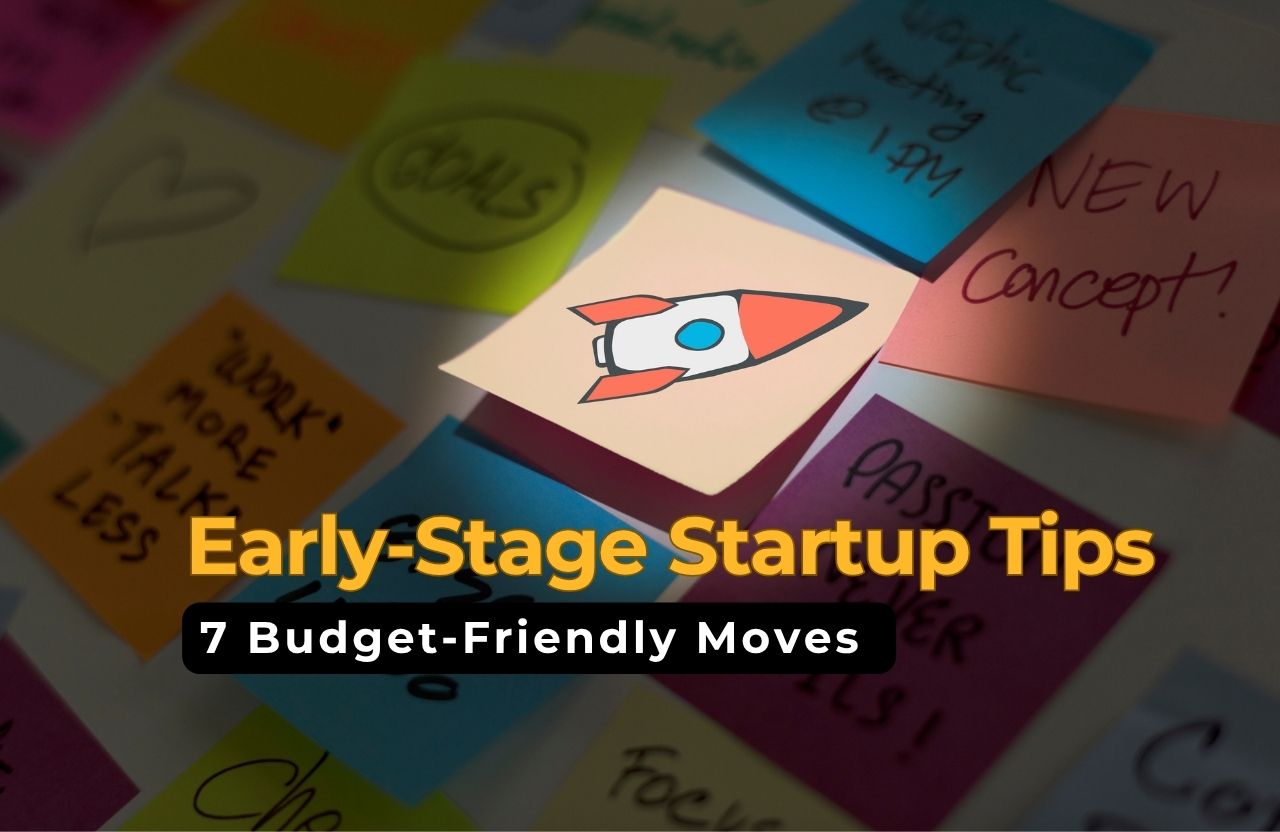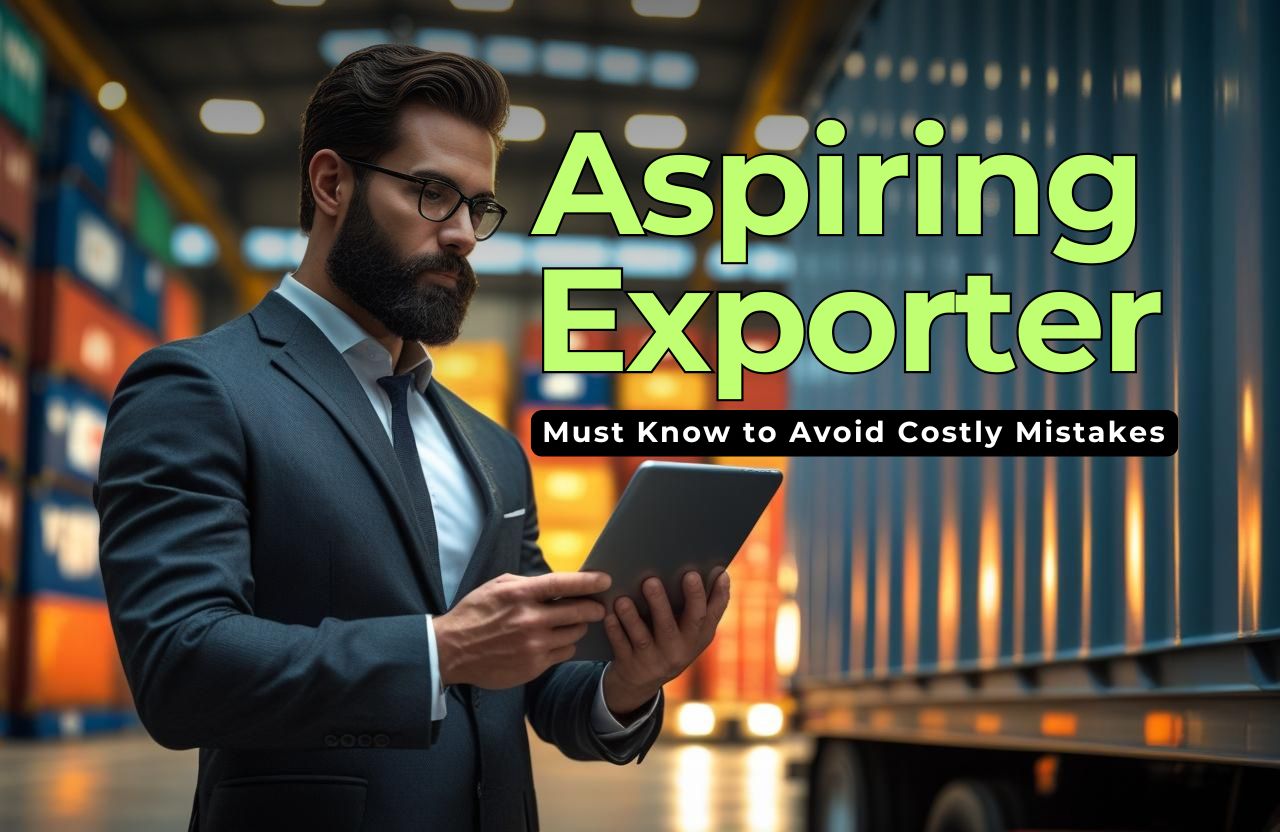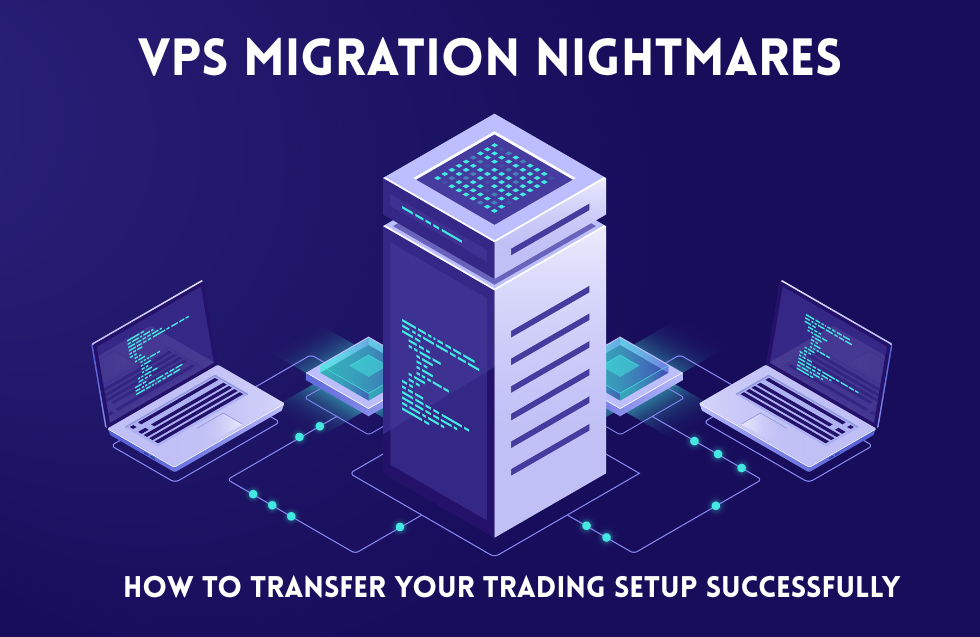In an increasingly interconnected global economy, supply chains are the lifeblood of business continuity and competitive edge. Yet, many organizations still view supplier onboarding as a box-checking exercise—a linear process focused on collecting tax forms, verifying credentials, and inputting vendor data into a system. While these tasks are essential, they are only the beginning of what could be a powerful journey toward true supplier enablement.
The Limitations of Traditional Supplier Onboarding
Historically, supplier onboarding has been seen as a back-office function. Procurement teams collect and verify key documents: W-9s, NDAs, bank account details, insurance certificates, compliance acknowledgments, and so on. The aim is to ensure that a supplier is operationally and legally ready to conduct business with your organization.
However, this approach often misses the forest for the trees. It is:
- Transaction-focused: The goal is to complete a set of tasks, not to build a relationship.
- Time-consuming: Manual processes can delay the start of productive work.
- Disjointed: Different departments may engage with the supplier with little coordination.
- Onerous for suppliers: Vendors, especially smaller ones, often experience onboarding as a confusing and resource-draining exercise.
The result? Missed opportunities for alignment, performance improvement, and innovation.
What Is Supplier Enablement?
Supplier enablement is a strategic evolution of onboarding that focuses on creating mutually beneficial relationships. Instead of merely onboarding a supplier, organizations aim to enable them—providing tools, access, training, and insights that facilitate performance, compliance, and growth.
Supplier enablement involves:
- Seamless integration into your digital infrastructure
- A clear understanding of your procurement processes and expectations
- Access to real-time data, feedback, and communication
- Support for performance improvement and innovation
It’s the difference between “getting someone through the door” and “setting them up for success.”
The Strategic Value of Supplier Enablement
Organizations that treat supplier onboarding as a strategic gateway to enablement see tangible benefits, including:
1. Faster Time to Value
When suppliers understand your systems and expectations from the outset, they become productive partners faster. This reduces time-to-market, shortens project cycles, and accelerates ROI.
2. Stronger Supplier Relationships
Enablement fosters trust, transparency, and shared goals. When suppliers feel supported, they’re more likely to prioritize your business, offer better terms, and share innovations.
3. Enhanced Compliance and Risk Mitigation
An enabled supplier is more likely to stay compliant with your standards. Clear onboarding documentation, training, and support reduce legal and operational risks.
4. Operational Efficiency
Digital onboarding and enablement tools reduce administrative work, eliminate redundancy, and ensure data accuracy—saving time and reducing costs.
5. Competitive Advantage
Organizations with mature supplier enablement programs can onboard new vendors faster, access innovation more readily, and adapt quickly to changing market conditions.
Core Elements of a Supplier Enablement Program
1. Digitized Onboarding Workflows
Digitization is foundational. Modern supplier onboarding platforms automate document collection, verification, and data entry. They offer centralized dashboards, notifications, and self-service capabilities that reduce back-and-forth communication.
Best Practices:
- Use secure online portals for document submission
- Automate compliance checks (e.g., tax ID validation, sanctions screening)
- Provide multilingual support for global suppliers
2. Tailored Onboarding Paths
Not all suppliers are created equal. Strategic partners, recurring vendors, and one-time suppliers each require different levels of engagement.
Best Practices:
- Segment suppliers by risk, spend, or strategic value
- Customize onboarding checklists and timelines accordingly
- Automate workflows based on supplier tier
3. Education and Training
Enablement starts with clarity. Provide training on how to use your procurement tools, understand your quality standards, and navigate your processes.
Best Practices:
- Offer live or recorded onboarding webinars
- Create supplier handbooks or microsites
- Provide points of contact for ongoing support
4. System Integration
Integrate suppliers directly into your digital supply chain—whether through APIs, EDI, or self-service portals. Make it easy for them to submit invoices, track orders, and access performance data.
Best Practices:
- Choose platforms with strong integration capabilities
- Reduce manual re-keying of data between systems
- Ensure compatibility with suppliers’ technology
5. Real-Time Collaboration
Enablement is about collaboration. Empower suppliers with visibility into order status, forecasts, inventory levels, and performance metrics.
Best Practices:
- Share dashboards or scorecards with suppliers
- Enable two-way messaging and feedback
- Co-create action plans for continuous improvement
Common Challenges in Shifting from Onboarding to Enablement
1. Resistance to Change
Stakeholders may be used to traditional onboarding processes. Shifting the mindset from paperwork to partnership requires leadership support and clear communication.
2. Technology Gaps
Legacy systems may lack the functionality to support modern supplier enablement. Investing in digital transformation is often necessary.
3. Inconsistent Standards
In large or global organizations, onboarding processes may vary by business unit or region. Standardization is key to scaling enablement.
4. Supplier Capacity
Some suppliers, especially SMEs, may lack the resources or knowledge to fully participate in enablement programs. Provide flexible and scalable support.
Real-World Examples: Supplier Enablement in Action
Case Study 1: Global Manufacturer
A multinational manufacturing company implemented a supplier enablement platform that automated document submission, compliance tracking, and training. The result? Onboarding time dropped by 40%, and supplier satisfaction rose significantly.
Case Study 2: E-Commerce Retailer
An e-commerce giant used API integration to allow suppliers to sync inventory and order data in real-time. This reduced stockouts, improved forecasting accuracy, and boosted sales.
Case Study 3: Healthcare Provider
A large healthcare provider created a centralized supplier portal with multilingual support and tailored onboarding paths. It enabled rapid onboarding during the COVID-19 crisis and ensured compliance with changing regulatory requirements.
Measuring the Success of Supplier Enablement
To evaluate the impact of your supplier enablement efforts, track metrics like:
- Time to onboard: How long it takes to complete onboarding
- Supplier activation rate: Percentage of suppliers who complete onboarding and begin delivering
- First-time quality rate: Percentage of suppliers who meet standards without rework
- Supplier satisfaction: Feedback from surveys and reviews
- Compliance rate: Adherence to legal and procedural requirements
- Cost savings: Reduction in administrative overhead or procurement cycle time
Building a Culture of Partnership
Ultimately, supplier enablement is as much about mindset as it is about process. Organizations must shift their culture from transactional procurement to strategic collaboration. That means involving suppliers earlier in product design, co-developing sustainability goals, and treating them as extensions of your own team.
Practical Steps to Build a Culture of Enablement:
- Establish a cross-functional supplier onboarding team (procurement, legal, IT, etc.)
- Recognize and reward supplier innovation
- Hold regular supplier business reviews
- Share long-term goals and strategic plans
Conclusion: Elevating Supplier Onboarding into Strategic Enablement
As supply chains become more dynamic, resilient, and digital, the way we onboard and engage suppliers must evolve. Traditional onboarding may open the door, but supplier enablement rolls out the welcome mat, sets the table, and invites collaboration.
By shifting from paperwork to partnership, organizations unlock a host of benefits—speed, efficiency, compliance, innovation, and competitive edge. More importantly, they build a supply ecosystem where everyone wins.
Now is the time to invest in supplier enablement—not just as a process, but as a philosophy.












